Politicon.co
The Emperor’s New Road: China and the Project of the Century
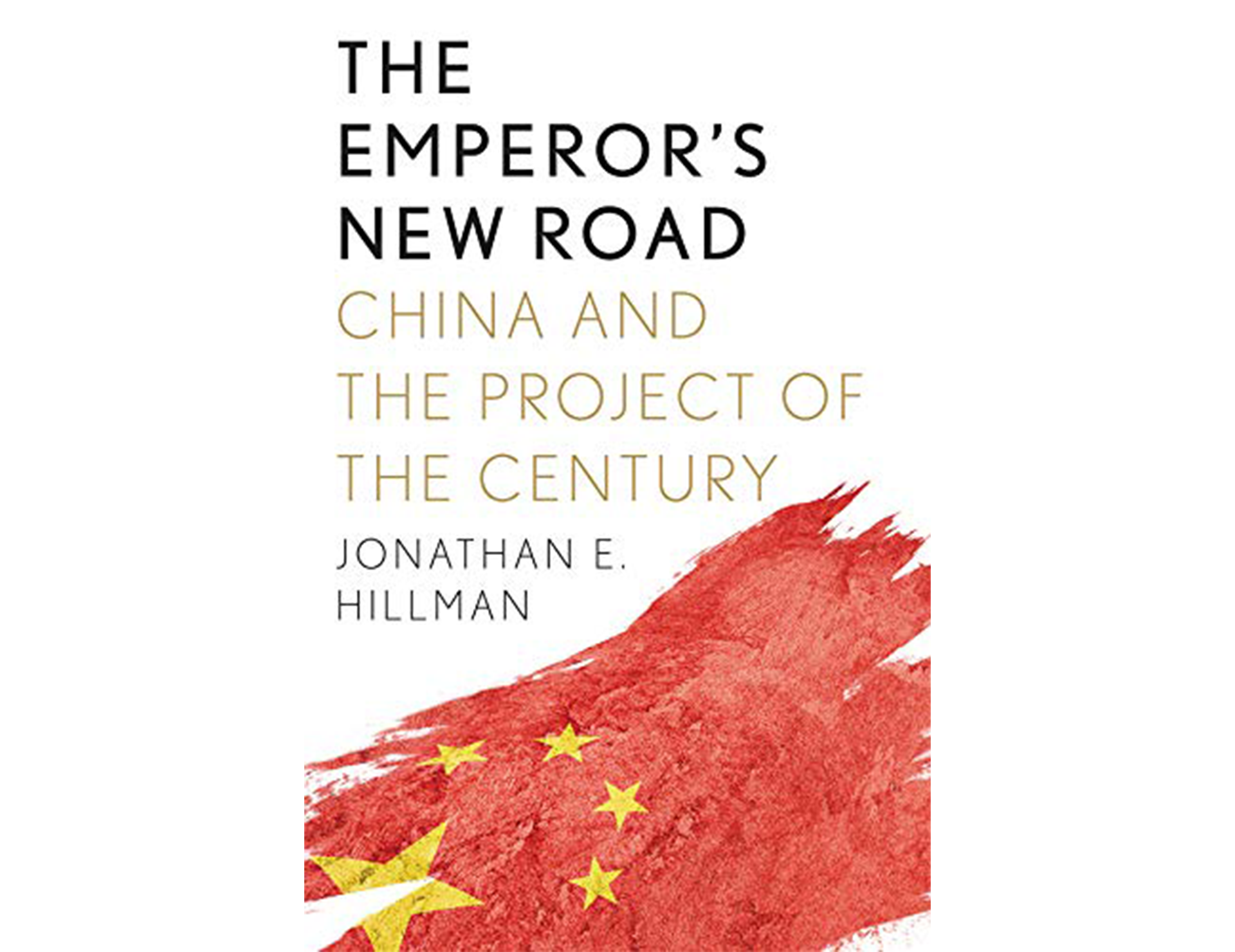
Hillman, Jonathan E. The Emperor’s New Road: China and the Project of the Century. Center for Strategic and International Studies. Yale University Press, 2020.
In the framework of China’s remarkable rise and the changing world order, the topic of connectivity took a central stage in recent discussions in academia and policy-making circles. Accordingly, the recovery of the ancient Silk Road through massive investment in land and maritime trading routes has undeniably been an essential part of the geopolitical steps China is taking today. The Belt and Road Initiative also called “the project of the century”, is the most globally discussed geoeconomic project dictating extensive investment plans. In his book titled “The Emperor’s New Road,” Jonathan Hillman sheds light on different aspects of the project and especially, the factors not spoken of in grandiose forums organized by the Chinese leader. He thoroughly analyses ambitions and achievements, as well as shortages and mistakes that could turn the opportunity into a crisis.
Hillman compares BRI to early projects of ancient empires as China eyes becoming the region’s leading provider of infrastructure and investments, like Britain and France once did. The effect of broad investment projects was particularly evident in the Eurasian continent, where the wealthy leaders of developing countries look for ambitious plans to boost their political clout. Looking behind the curtains, countries cheering BRI and signing agreements with China are primarily the ones ranking low in transparency records. According to the author, corruption is an endemic feature of BRI that makes the West evaluate it as a trap peculiarly benefiting Chinese companies at the expense of social and environmental considerations. As a reaction to criticisms, Hillman mentions China’s response highlighting that the same standards were never required from the developed countries pursuing similar projects in the past and points out that by announcing expensive projects that indeed generate little value and more harm, China repeats the mistakes of previous actors.
The book is divided into chapters that extensively analyze Chinese efforts in countries desperate for infrastructure development and investments, as well as those seeking reciprocal benefits. Rich in resources, Central Asian states became a focus of Chinese investments, as it overtook Russia as the region’s primary trade partner and lender. Hillman quotes Kazakh officials that Kazakhstan may become the “buckle” in China’s Belt, stressing intentions on both sides. In addition to stakes purchased, China utilized the resource-for-loan principle to secure access to natural resources of Turkmenistan and Kazakhstan. The author explains that even though cases of corruption and inflated costs of projects and materials were revealed and led to arrests in Tajikistan and Kyrgyzstan, China has done little to opt for better regulations. He brilliantly explains the dangers involved as China picks up the riskiest projects that many rejected.
On the other hand, Russia is a gatekeeper for China in the common neighborhood with whom it shares similar perspectives. Hillman evaluates Russia’s involvement as a result of the calculus which still needs to be reconsidered. Although geography made linking ambitious initiatives of two powers – EAEU and BRI – inevitable, most of the work, even the idea of establishing a free-trade zone was a show.
The author explains how railway projects turned into a marketing tool for BRI, especially citing the idea of the China-Europe railway route that was celebrated even by opponents of the BRI. He objectively evaluates China’s success in leasing the Greek port of Piraeus and connectivity between Serbia and Hungary and mentions the 17+1 format offered to depict an image of multilateralism which, although often serving bilateral purposes, has been helpful to soften EU’s criticisms over China. However, the corruption records and China’s push towards the neighbourhood do concern Europe, as “it is now strolling into European capitals with briefcases in hand”.
Chinese movements in the Southeast Asia and South China Sea have been more alarming as smaller states have more dependence on China. Hillman has preferred a more detail-oriented analysis in this chapter as each story offers different implications of BRI. The book comprehensively explains China’s management of affairs in situations where it stood toe-to-toe with Japan, illustrating how bidding is actually taking place. With more experience in the region as the key lender, Japan was a good example for China that made China’s mistakes in the 1970-80s. Despite starting massive projects in Pakistan, Malaysia, Indonesia and Sri Lanka, China fails to outperform Japan in quality assurance, which has proved itself in Europe many times. A reference is given to the case of Indonesia, which filled its infrastructure gap with the Chinese railway project due to much easier conditions not offered by Japan. A shorter timeline attracted other capitals of the region as well, at the expense of growing debts and missing billions.
Hillman touches upon China’s desire for digital connectivity, incrementally being implemented through fiber-optic cables and installment of surveillance cameras. This added to doubts of those fearing China’s growing involvement in states’ internal affairs, as linked to Britain’s obvious superiority during the World War thanks to connectivity.
Hillman describes China-Pakistan relations particularly in the framework of China-Pakistan Economic Corridor (CPEC) as the largest portfolio of projects in BRI. Emphasizing increasing influence of China in Pakistan at a time when support from United States reached its lowest levels, the author analyses the Karakoram Highway, massive financial aid, fiber-optic cables and many other proposals to stress the importance of CPEC as conducive to the reputation of BRI while the majority of the BRI-participating countries were sinking in debts. The example of Sri Lanka is given the title of “debt diplomacy”. Hillman once again reminds of mistakes repeated that can backfire on China: instead of developing the strategy and set of priorities, China picked from an expansive list of complex projects both in Pakistan and Sri Lanka relying on the authoritarian regime at home which is unlikely to reform.
One of the interesting discussions in the book illustrates growing Chinese shares in high-tech markets with a focus on BRI as a primary direction. Suffering from the lowest rates of connectivity for years and having set targets to be reached until 2050, Africa has been an essential avenue for Chinese projects. The PEACE cable, telecommunication deals with Ethiopia and Kenya, installment of surveillance cameras and the resulting dependence on Chinese hardware as well as expertise made the continent a critical point on the “digital silk road”. Once a fertile ground for Britain, France, Belgium, Italy, Germany and Portugal competing for projects, Africa has become a favorite spot for Chinese companies.
All in all, Jonathan Hillman’s book is a fascinating work involving an in-depth analysis of the Belt and Road Initiative with additions from on-the-ground reports that provide a more realistic perspective displaying actual effects of the project differently from statements voiced in halls of diplomacy. He offers an evaluation of BRI with regards to its imperialist appeals that sound as echoes of previous imperial projects. Contrary to one-sided publications about China and its BRI, this book not only examines the effects of Chinese involvement but also gives an image of Chinese footprints in countries that will endure regardless of BRI’s longevity and results.
![]()
- TAGS :
- China


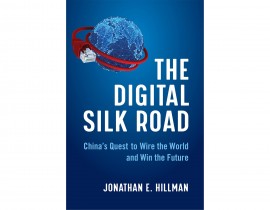
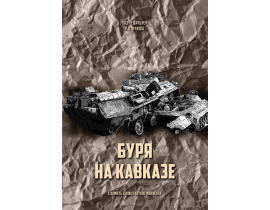
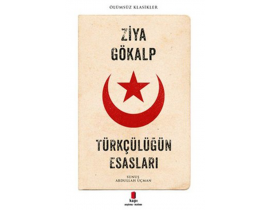
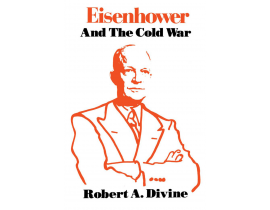
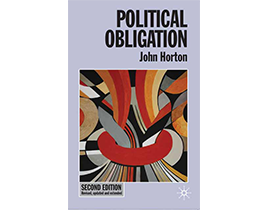
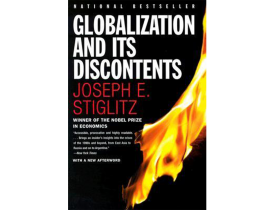
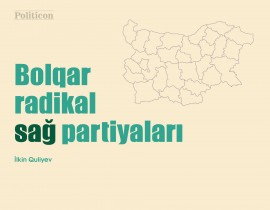
jpg-1599133320.jpg)

